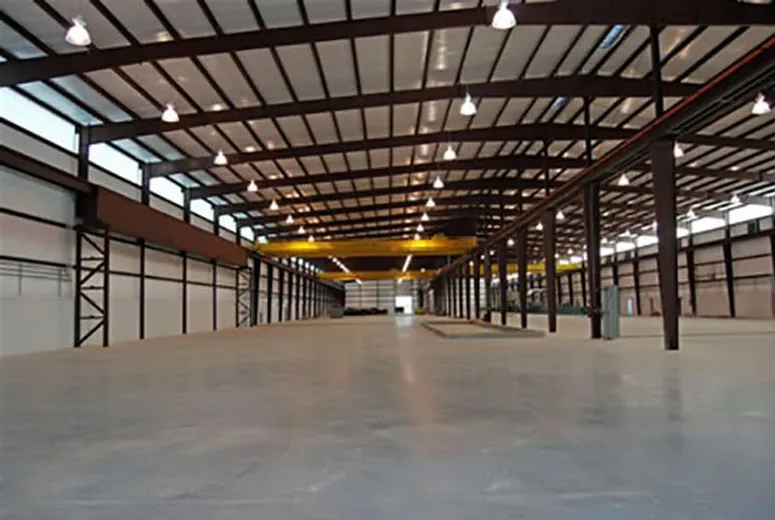- Afrikaans
- Albanian
- Amharic
- Arabic
- Armenian
- Azerbaijani
- Basque
- Belarusian
- Bengali
- Bosnian
- Bulgarian
- Catalan
- Cebuano
- Corsican
- Croatian
- Czech
- Danish
- Dutch
- English
- Esperanto
- Estonian
- Finnish
- French
- Frisian
- Galician
- Georgian
- German
- Greek
- Gujarati
- Haitian Creole
- hausa
- hawaiian
- Hebrew
- Hindi
- Miao
- Hungarian
- Icelandic
- igbo
- Indonesian
- irish
- Italian
- Japanese
- Javanese
- Kannada
- kazakh
- Khmer
- Rwandese
- Korean
- Kurdish
- Kyrgyz
- Lao
- Latin
- Latvian
- Lithuanian
- Luxembourgish
- Macedonian
- Malgashi
- Malay
- Malayalam
- Maltese
- Maori
- Marathi
- Mongolian
- Myanmar
- Nepali
- Norwegian
- Norwegian
- Occitan
- Pashto
- Persian
- Polish
- Portuguese
- Punjabi
- Romanian
- Russian
- Samoan
- Scottish Gaelic
- Serbian
- Sesotho
- Shona
- Sindhi
- Sinhala
- Slovak
- Slovenian
- Somali
- Spanish
- Sundanese
- Swahili
- Swedish
- Tagalog
- Tajik
- Tamil
- Tatar
- Telugu
- Thai
- Turkish
- Turkmen
- Ukrainian
- Urdu
- Uighur
- Uzbek
- Vietnamese
- Welsh
- Bantu
- Yiddish
- Yoruba
- Zulu
Окт . 02, 2024 00:35 Back to list
The Rise of Steel Frame Modular Construction
As the global construction industry continues to evolve, one of the most significant advancements is the rise of steel frame modular construction. This innovative approach combines the efficiency of prefabrication with the robust characteristics of steel, allowing for structures that are both durable and adaptable. As cities grow and the demand for sustainable building practices increases, steel frame modular construction is quickly becoming a preferred choice for architects, builders, and developers alike.
Understanding Steel Frame Modular Construction
Steel frame modular construction involves pre-manufacturing building modules in a controlled factory environment. These modules, which can include entire rooms or sections of a building, are then transported to the construction site for assembly. The use of steel frames provides several advantages over traditional construction methods, including strength, flexibility, and a reduced construction timeline.
The modular aspect of this construction approach allows for significant design variations, making it suitable for various applications, from residential housing to commercial buildings. Builders can create complex designs that are not only visually appealing but also structurally sound. Moreover, steel’s inherent properties, such as resistance to corrosion and flexibility under load, make it an ideal material for building in various environments.
Benefits of Steel Frame Modular Construction
1. Speed of Construction One of the most compelling advantages of steel frame modular construction is the speed at which projects can be completed. Traditional construction often involves lengthy timelines due to weather delays, labor shortages, and on-site complications. In contrast, with the majority of the work done in a factory, projects can be assembled on-site much faster, significantly reducing the overall construction time and allowing developers to start generating returns more quickly.
2. Cost-Effectiveness While the initial investment in steel and modular technology may be higher than conventional methods, the long-term savings can be substantial. Reduced labor costs, minimized waste, and faster project delivery contribute to overall lower expenditure. Additionally, the efficiency of the factory environment means that materials can be optimized, reducing excess and saving money in the process.
steel frame modular construction

3. Sustainability The construction industry is under increasing pressure to adopt sustainable practices, and steel frame modular construction offers a viable solution. Steel is fully recyclable, meaning that at the end of a building’s life cycle, the materials can be repurposed rather than ending up in a landfill. Furthermore, the controlled factory process generates less waste and encourages efficient use of resources.
4. Quality Control Building in a factory setting allows for stricter quality control measures than can be achieved on an outdoor construction site. Each module can be tested and inspected before reaching the site, ensuring that all components meet the necessary building codes and standards. This level of oversight contributes to the overall safety and durability of the finished product.
5. Adaptability and Scalability Steel frame modular construction is highly adaptable, making it suitable for various types of projects. Whether it’s a small residential complex or a large commercial building, the modular nature allows for easy scalability. Developers can start with a few modules and expand as needed, making it a flexible choice for growing businesses and urban developments.
Challenges and Future Outlook
Despite these advantages, the steel frame modular construction sector does face challenges. Issues such as supply chain logistics, regulatory hurdles, and initial costs can pose obstacles to its widespread adoption. However, the integration of advanced technologies like Building Information Modeling (BIM) and 3D printing is paving the way for overcoming these challenges.
As cities expand and the need for sustainable, efficient buildings becomes increasingly pressing, steel frame modular construction is poised to play a critical role in the future of architecture and construction. The blend of speed, quality, sustainability, and adaptability will likely keep this innovative construction method at the forefront of industry practices, shaping the skylines of tomorrow.
In conclusion, steel frame modular construction stands out as a beacon of innovation, promising to revolutionize how we think about building design and construction. As the industry continues to embrace these practices, we can expect to see increased efficiency, reduced costs, and a greener approach to construction that benefits both developers and the planet.
-
Cold Formed Steel Residential Framing
NewsMay.21,2025
-
Innovative Steel Structure Building Solutions
NewsMay.19,2025
-
Innovative Prefab Metal Shed Solutions
NewsMay.19,2025
-
Durable Steel Horse Shelter Solutions
NewsMay.19,2025
-
Durable Metal Shed Solutions
NewsMay.19,2025
-
Durable Big Metal Shed Solutions
NewsMay.19,2025
Products categories
Our Latest News
We have a professional design team and an excellent production and construction team.












